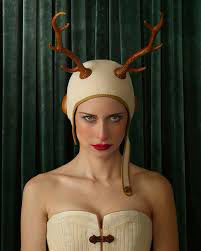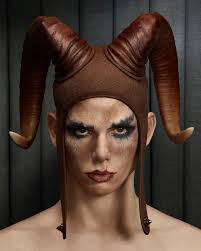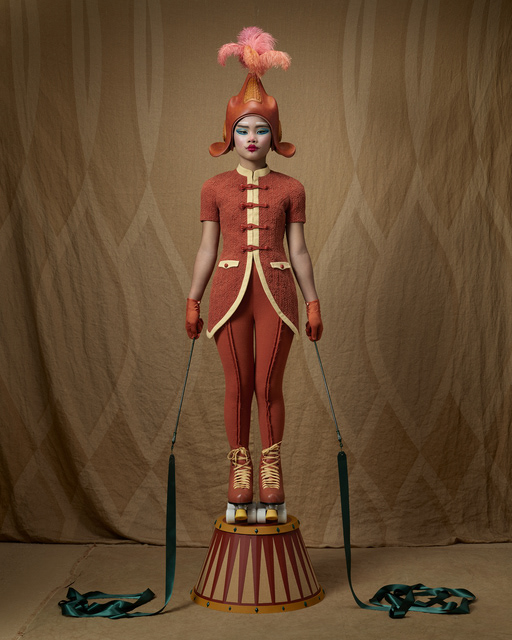Who watches the Watchman Reflection 13/10/20
The focus for today’s lecture was around the themes of power and control. We thought about where power comes from and how it can be used to control the people that are under it. Examples of sources of power can be, physical, wealth, social norms, state action, capitalism, communism, and there are many more. Foucault, French Philosopher gives examples of how sex and sexuality can be used as a function of power. Making a sexuality deviant against society’s norms and values, like homosexuality being made legal as late as 1967 in the UK, gives power to authority to control. This being the law also makes it a socially deviant act. Having an influence on the negative thoughts that some areas of society have had towards people that are to be seen as part of a deviant sexuality. We also thought about how Foucault used Bentham’s prison design “Panoptican” to analyse a system of power. The design ables the prison guards to watch the prisoners without the prisoners seeing the guards.
The prisoners know that they are being watched by the guards, knowing that, the guards have the power to control the prisoners without the prisoners being able to see them. This can be brought into the modern-day and compared to the amount of CCTV that is surveilling us and subsequently changing the way that we act when we know that our activities are being watched/ recorded.
Furthermore, I think that this theory can be taken to the highest level of control that we have in our lives, that being capitalism. Data is always being collected from us, our spending habits, our google searches, the places that we travel to without us being that aware of it. That being like the guards. We then get directed adverts exposed to us based on our individual habits which subsequently controls the way we spend our money and fuels the capitalistic economic system.
Thinking about it, power and control are superficial and without the systems that we currently live in it would look very different. People having control over people is a social construct which our capitalistic system has created so that the few people at the top with the most power can stay there. Its fickle, fake and not a true truth, however, it is apart of everyone’s lives and very hard to avoid.
Christian Tagliavini-
Circeque





CIRCESQUE, 2019 | Artist Statement
Christian Tagliavini’s latest photographic series, «Circesque», explores the untold lives of circus folk.
Stripped of the tired clichés of circus life, these mise-en-scène portraits reveal the human behind the archetype. The images betray the protagonists’ innermost feelings as they mount the platform, put themselves on the line, and take the risk: all under the watchful eye of their audience.
«Circesque» invites the audience to tell the story for themselves, prompted by exquisitely detailed costumes, unexpected props, and a glimpse of the people behind the powder.
The curtain parts and the story begins. Acrobats. Trapezists. High-wire performers. Escape artists. Tattooed ladies. Jugglers. Nature-defying contortionists.
All present and accounted for as in any self-respecting big top. But a closer look reveals some unusual details. Paper aeroplanes fall under their tamer’s spell with a mere carousel.
A diminutive roller skater poses motionless on a pedestal. A high-wire artist sits on a small ladder balanced on a tightrope.
A trapezist steals himself behind a trapeze, eluding his audience’s gaze. As they ready themselves for the next breath-taking stunt - the unforeseen, the unavoidable falls, the disappointments - their faces betray them. Fearful. Formidable. Focused. Inevitably, they fall. Dignified, they pick themselves up, dust themselves off, and start again.
All present and accounted for as in any self-respecting big top. But a closer look reveals some unusual details. Paper aeroplanes fall under their tamer’s spell with a mere carousel.
A diminutive roller skater poses motionless on a pedestal. A high-wire artist sits on a small ladder balanced on a tightrope.
A trapezist steals himself behind a trapeze, eluding his audience’s gaze. As they ready themselves for the next breath-taking stunt - the unforeseen, the unavoidable falls, the disappointments - their faces betray them. Fearful. Formidable. Focused. Inevitably, they fall. Dignified, they pick themselves up, dust themselves off, and start again.
Costumes and props complement the circus performer’s role, helping them express themselves. But they are also an armour, a mask that belies the true self. Tagliavini designed and, for the most part, crafted each prop himself. To achieve the series’ refined aesthetic, each model’s costume was tailored and dyed to perfection.
«Circesque» signals a point of departure from Tagliavini’s previous work. Unlike past series, it cannot be pinpointed to a given time or place. Nor does it correspond with an established style or movement.
Instead, the series evolved slowly and instinctively: the patient product of slow photography. An initial fascination with the heaving, mobile city that was the circus and its traditional imagery gradually gave way to the allure of the sideshows with their outlandish acts.
This method was not without its challenges. In approaching his subject without the safety net of historical or stylistic references, much like a trapezist, Tagliavini took a leap of faith: opening himself up to the audience’s watchful gaze; exposing himself to the same risks, misgivings, and uncertainties. Will the spectator like it? Will they roll up! roll up! to see the show? Will they demand an encore? And most importantly: where will the next show be?
The curtain falls and the show ends, artist and artists alike leaving their stories untold. «La Strada» director Federico Fellini famously once said: ‘Non voglio dimostrare niente, voglio mostrare’, a ‘show, don’t tell’ attitude that Tagliavini has made his own in «Circesque».
Are we not all simultaneously observing and observed? Are we not all maintaining a fine balance as we put ourselves on the line and take the spotlight? Observe the artists, lose yourself in the details, and tell your own stories.
https://www.christiantagliavini.com/circesque-artist-statement